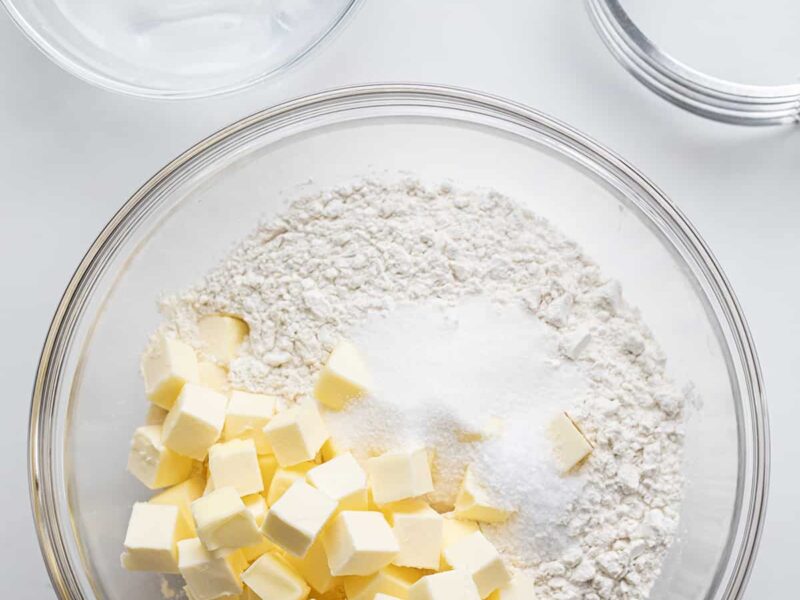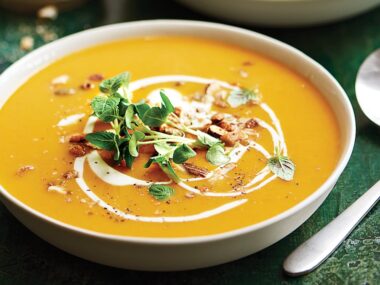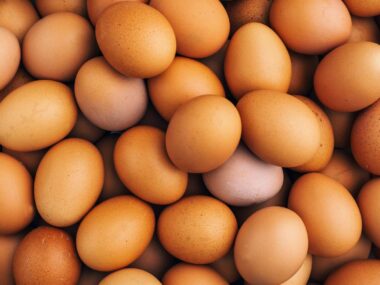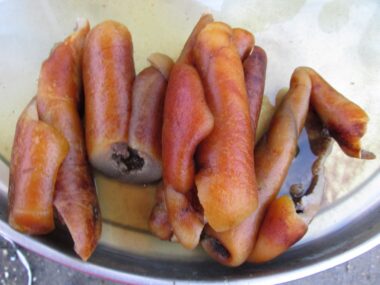Butter is a quintessential ingredient in cooking and baking, cherished for its rich flavour, creamy texture, and versatile culinary applications. From savoury dishes to sweet treats, butter plays a fundamental role in enhancing the taste, texture, and aroma of a wide range of recipes.
In this essay, we will explore the multifaceted role of butter in cooking and baking, including its functions as a fat source, flavour enhancer, and texture modifier.
Fat Source
One of the primary functions of butter in cooking and baking is to provide fat, which contributes to the richness and mouthfeel of dishes. Butter is composed of milk fat, water, and milk solids, with the fat content ranging from 80% to 85%.
In recipes that call for butter, the fat content contributes to the tenderness, moisture, and flakiness of baked goods, such as cookies, pastries, and pie crusts. In cooking, butter adds depth of flavour and richness to sauces, sautés, and pan-fried dishes.
In baking, butter serves as a crucial ingredient in creating tender and moist textures in cakes, cookies, and pastries. When creamed with sugar, butter incorporates air into the batter, resulting in light and fluffy baked goods.
Additionally, the fat content in butter coats flour particles, inhibiting gluten formation and producing a tender crumb in cakes and pastries. In recipes that require laminated dough, such as croissants and puff pastry, butter is layered between dough to create flaky, buttery layers when baked.
Flavor Enhancer

Beyond its role as a fat source, butter is prized for its distinctive flavour and aroma, which can elevate the taste of both savoury and sweet dishes. The Maillard reaction, a chemical reaction between amino acids and reducing sugars that occurs when butter is heated, creates complex flavour compounds that impart a nutty, caramelized taste to dishes.
In savoury cooking, butter adds depth and richness to sauces, gravies, and pan sauces, enhancing the overall flavour profile of dishes. In baking, butter contributes to the flavour and aroma of baked goods, imparting a rich, buttery taste that is synonymous with homemade treats.
Butter’s flavour profile can vary depending on factors such as the breed of cows, the diet of the cows, and the processing methods used to make the butter. European-style butter, which has a higher fat content and lower water content compared to American-style butter, often has a more pronounced flavour and creamier texture, making it ideal for baking and pastry applications.
Texture Modifier
In addition to providing fat and flavour, butter acts as a texture modifier in cooking and baking, influencing the mouthfeel, structure, and consistency of dishes. In cooking, butter emulsifies sauces and dressings, creating smooth and velvety textures. When melted, butter adds richness and silkiness to soups, stews, and braises, enhancing the overall mouthfeel of the dish.
In baking, butter plays a crucial role in creating tender, flaky, and crumbly textures in baked goods. In pie crusts and biscuits, cold butter is cut into flour to create pockets of fat that melt during baking, resulting in a flaky and tender crust. In cookies and cakes, creamed butter and sugar create a light and airy texture, while melted butter adds moisture and chewiness to bars and brownies.
Conclusion
Butter is a versatile and indispensable ingredient in cooking and baking, prized for its role as a fat source, flavour enhancer, and texture modifier. Whether used to sauté vegetables, creamed with sugar in cookies, or layered in laminated dough, butter adds richness, depth, and complexity to a wide range of recipes.
Its distinctive flavour and aroma evoke comfort and nostalgia, making it a beloved staple in kitchens around the world. As cooks and bakers continue to experiment with new techniques and flavour combinations, butter will undoubtedly remain a cherished ingredient in culinary traditions for generations to come.
Related Tags
Taiwo Olawuyi
Taiwo Olawuyi is a highly dedicated and passionate professional blogger, renowned for her ability to create captivating, informative, and engaging content in the realm of health and wellness. She holds a Bachelor's degree in Political Science from Olabisi Onabanjo University and a Master's degree in Adult Education from the prestigious University of Ibadan. Her profound passion for health and wellness, coupled with her unwavering dedication to her audience, serves as a constant source of inspiration and enlightenment for readers worldwide.










